On April 26, 1986, the world changed forever. The Chornobyl disaster became the largest man-made catastrophe of the 20th century. The explosion at the 4th reactor of the Chornobyl Nuclear Power Plant caused thousands of deaths, illnesses, and centuries-long contamination of vast territories. Yet, in less than 30 years, the Exclusion Zone transformed into a unique phenomenon — from a place of tragedy, it became one of Ukraine’s most famous tourist destinations.
A tour to Chornobyl, a trip to Prypiat, and a visit to the National Museum “Chornobyl” have all become part of a culture of remembrance and an experience sought by both Ukrainians and travelers from around the world. In 2009, Forbes recognized the Chornobyl Nuclear Power Plant as the most extreme tourist destination on the planet, and CNN Travel included it in the list of the world’s top 15 most striking locations. After the release of HBO’s Chernobyl series, the number of visitors reached 130,000 per year. In 2019, a decree was even signed to promote tourism in the Zone. However, the Russian occupation in 2022 temporarily halted this progress: soldiers destroyed several sites, mined territories, and dug trenches in the Red Forest.
Despite everything, memory lives on. Here are five iconic sites in the Chornobyl Zone that leave a deep mark on every visitor’s heart:
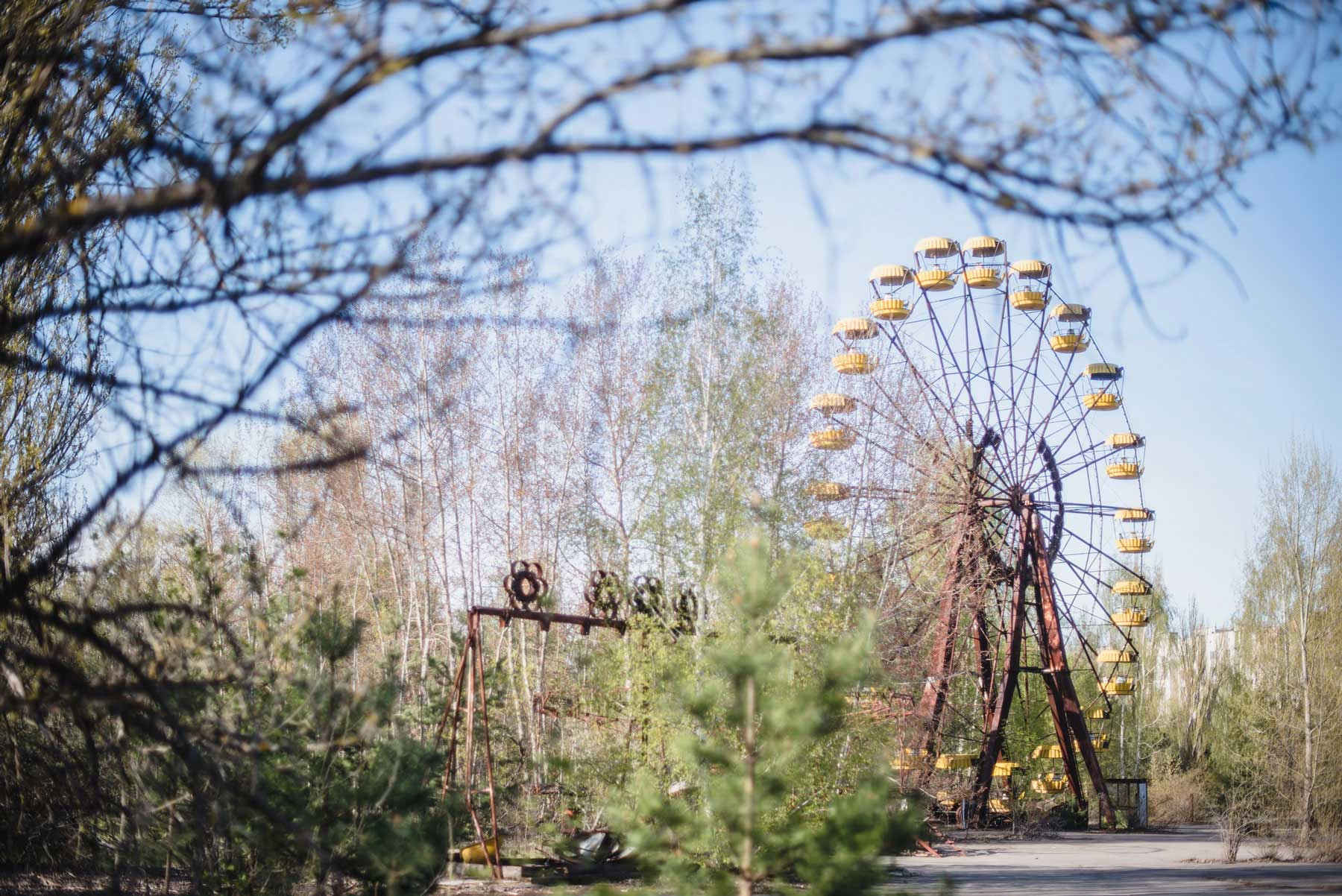
1. Prypiat
A ghost city that has become a symbol of abandonment. The Ferris wheel, empty schools, the swimming pool, and the Prypiat café — an emotional highlight of every Chornobyl tour. To see Chornobyl means to start with Prypiat.
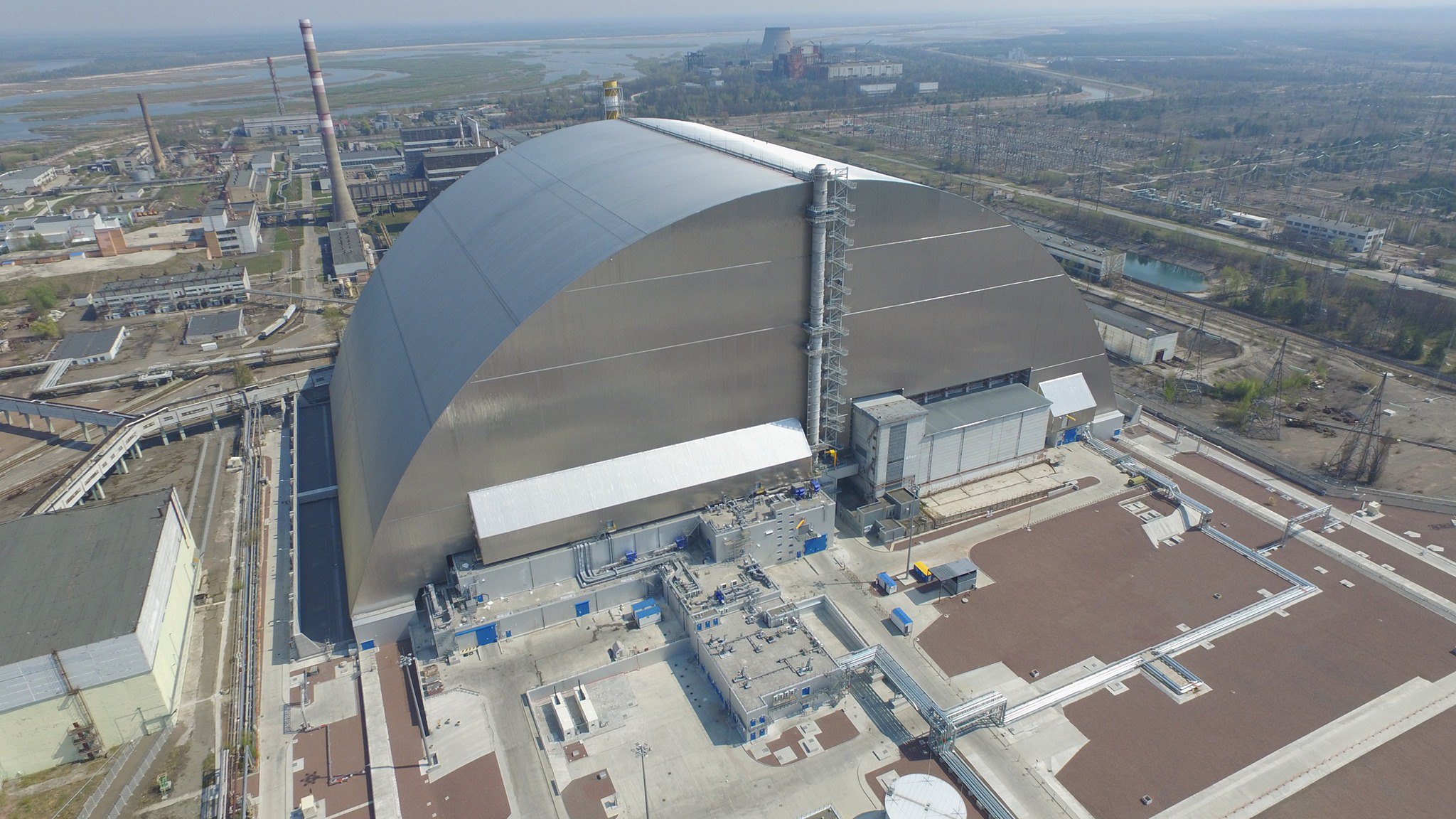
2. Chernobyl NPP and Sarcophagus
The first stop of the route — the site of the 4th reactor explosion that changed the world.
During the Chornobyl tour, visitors can approach the New Safe Confinement — a modern sarcophagus that covers the destroyed reactor.

3. Red Forest
A place that absorbed the highest dose of radiation. The trees turned red and died. It was here, in 2022, that the occupiers dug trenches, unaware of the danger. The forest reminds us: nature remembers everything.
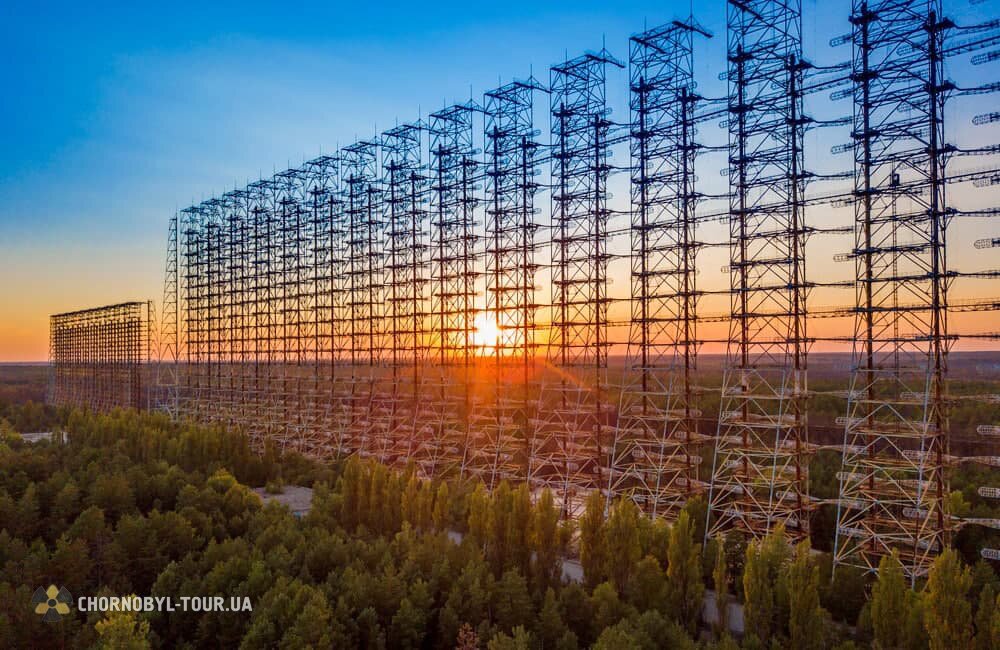
4. The Duga Radar
A giant Soviet military structure built to detect nuclear launches.
This colossal construction looks like something out of a science fiction movie and is often chosen by tourists as a central highlight of their trip to Chornobyl.
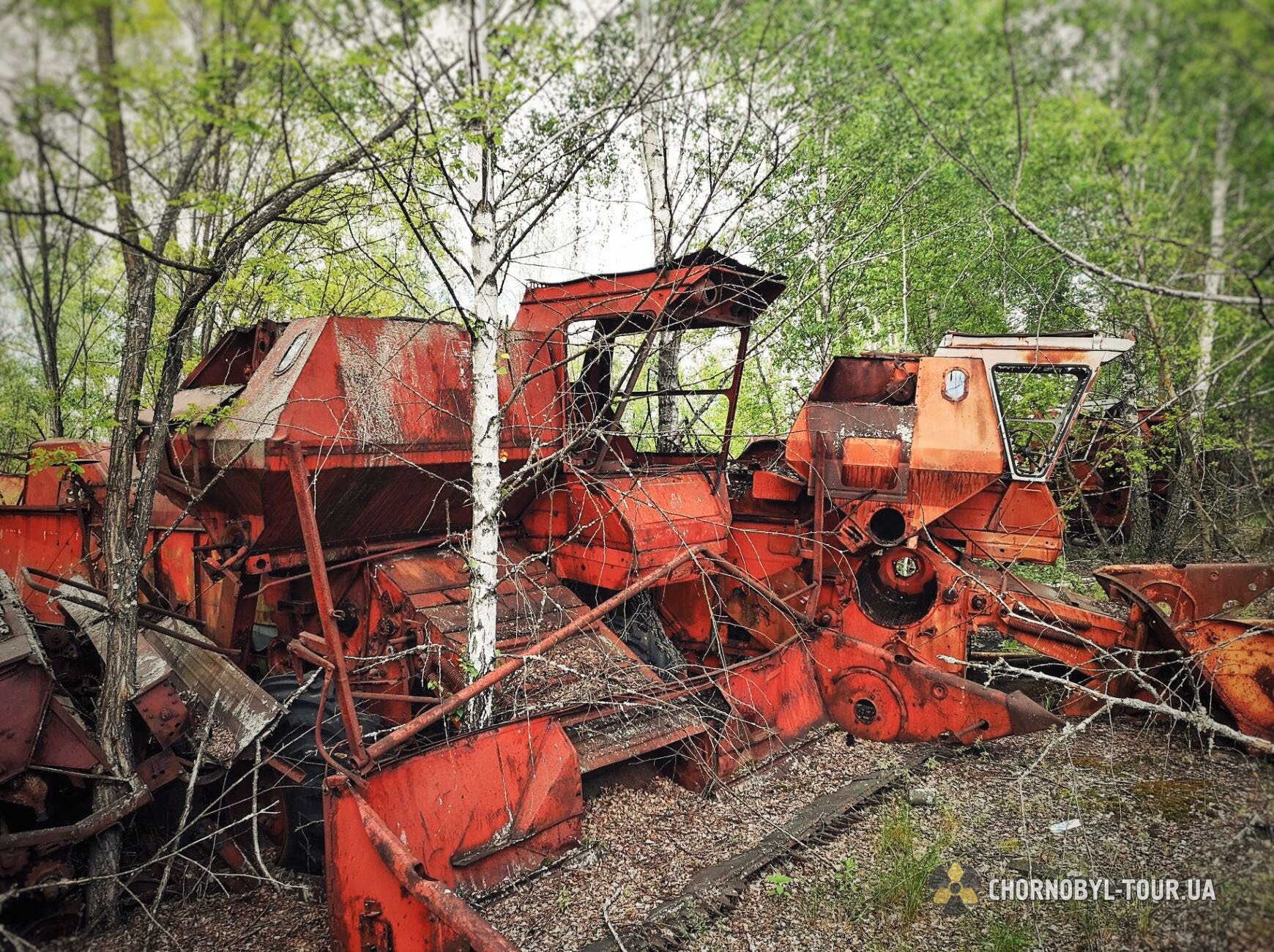
5. Abandoned villages: Zalissia and Kopachi
Houses with empty windows, abandoned cemeteries, and wooden schools. In the village of Kopachi, only one building remains — a kindergarten. Kopachi was evacuated after the Chornobyl disaster and buried underground due to extremely high radiation levels.
Chornobyl tourism is about memory, ecology, and human responsibility. It’s a journey to a place where the world stopped — to teach the future never to repeat the mistakes of the past.
Although these places have been de-occupied, visiting the Zone for tourism is currently not allowed.
However, it can still be explored in virtual space. The Zone comes alive through digital technologies — such as the “Chornobyl VR” project on the emuseum.online platform. We still have the chance to preserve memory — even when reality is hard to reach.
The virtual exhibition allows you to see Chornobyl as you never could in person — from a bird’s-eye view, to peek inside the abandoned kindergarten in Kopachi, or stand in the middle of the reactor hall.
A perfect addition to this journey is the National Museum “Chornobyl”, which contains rare images, documents, and interactive displays that deeply reveal the context of the tragedy.
To see Chornobyl is to remember — it’s a conscious journey into history, one that touched millions of lives.
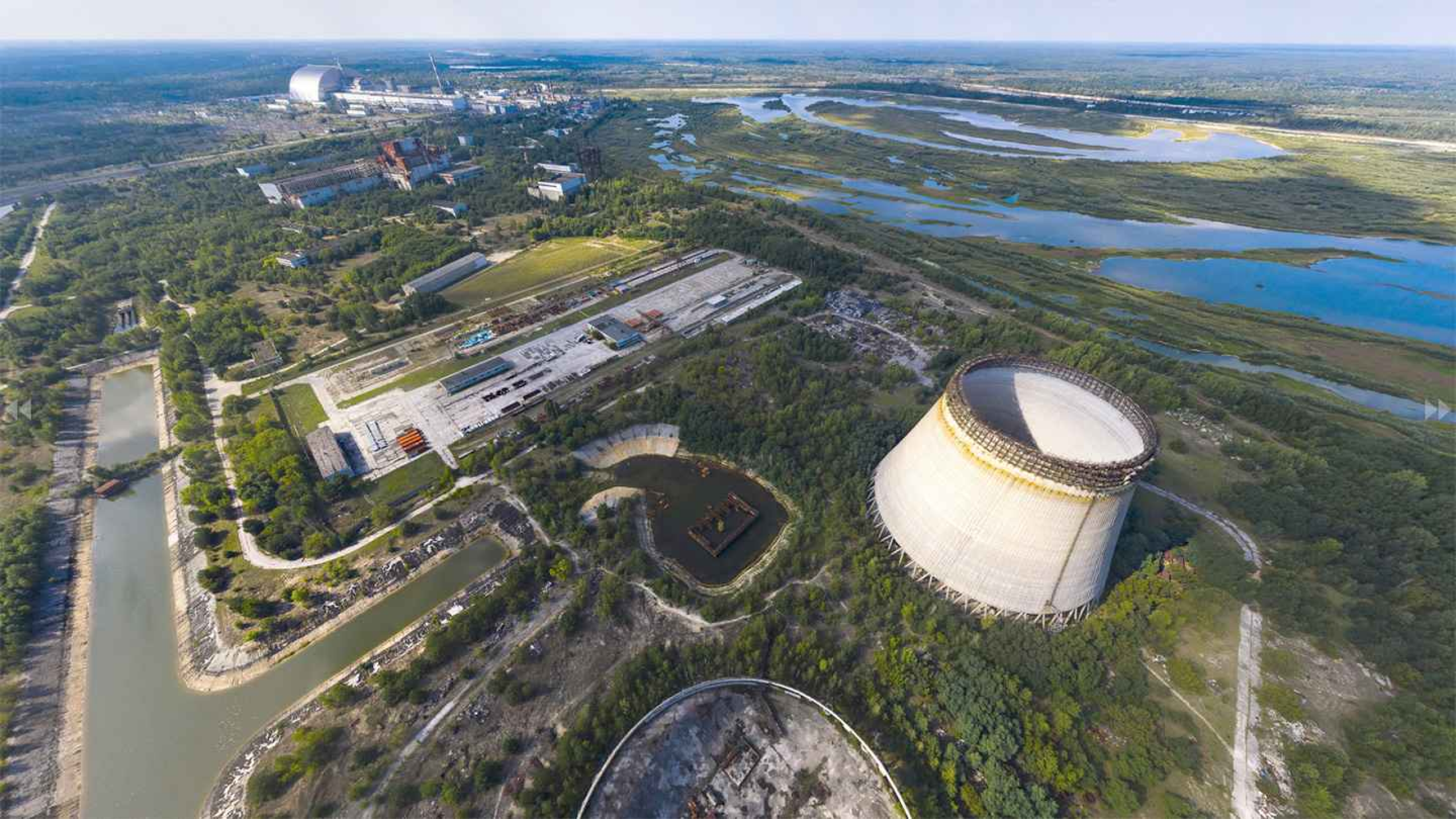
 (1)_latest.webp)



_latest.webp)





